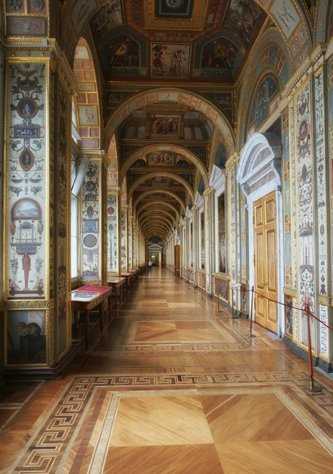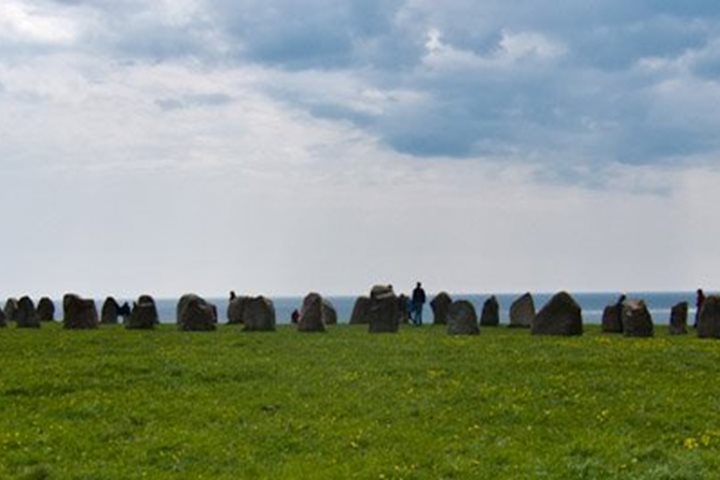History may not be the most intellectually demanding of academic subjects but it takes some beating for complexity. It’s complicated and conflicted because it treats of human behavior; historians have to learn to savor paradox and relish contradictions. Nowhere are these truths more evident than in the Baltic and of all the Baltic cities that we visit on this itinerary, conflict and contradiction are the web and woof of St. Petersburg’s history.
That history is relatively short. At the time of the Hanseatic League there was no St. Petersburg; those mediaeval traders made first landfall in Russian territory at Novgorod, having sailed up the Neva through the swampy landscape where the magnificent city of St. Petersburg is now situated. Between 30,000 and 100,000 Russians are estimated to have died building Peter the Great’s “window on the west” between 1703 and 1725, a death toll from malaria and dysentery, exacerbated by floggings and executions. The gilded city shimmering in “white nights” light never fails to astonish: but the surface glitter conceals a tragic past. In the 900-day Nazi siege of Leningrad from June 1941 to January 1945, the city suffered between 600,000 and 800,000 casualties, one tragic part of an astonishing total casualty figure for Russia as a whole in the Second World War that surpasses 26 million in most estimates. One consequence of all of this is the almost tangible pride in their city demonstrated by the inhabitants of St. Petersburg, much in evidence in the lavish and loving restoration of its classical architecture.
Coming alongside on the Leonid Schmidt Embankment of Vassilevsky Island, we had magnificent views of the city’s skyline before we had even disembarked. Across the Neva were the Admiralty buildings and our destination of the morning, Catherine’s Winter Palace – more popularly known as the Hermitage, one of the world’s greatest art galleries. It is said that a visitor would need to attend the Hermitage daily for a year properly to inspect its contents; there are over a thousand rooms. We had a morning tour that of necessity had to concentrate on the gallery’s highlights, including its magnificent collection of Rembrandts and French Impressionists.
After a fine lunch we walked a short distance to view the Church on Spilled Blood, a fin-de-siècle addition to the city deliberately chosen to contrast dramatically with the city’s uniform eighteenth-century classicism and marking the site of the assassination of Czar Alexander II in 1881. From there we moved on St. Isaac’s Cathedral which boasts the world’s fourth largest ecclesiastical dome, a grandiose structure commissioned by Alexander I to celebrate Imperial Russia’s victory over Napoleonic France. Finally a visit to the St. Peter and Paul fortress back on the north side of the river provided an opportunity to view the tombs of the Russian royal family since the time of Peter the Great, including those of the family of last Russian Czar, Nicholas II.
Yet, to return to paradox, for all its suffering this is a city that has always been devoted to pleasure. It manufactures fine porcelain and Russia’s best chocolate. It has produced classics of European literature from Pushkin to Dostoevsky, a whole series of classical composers whose absence would decimate the world’s concert programs and is home of the one of world centers of excellence in the balletic arts. The latter we were able to sample at a memorable evening performance of Tchaikovsky’s Swan Lake in Catherine’s own bijou theatre within the Hermitage.









